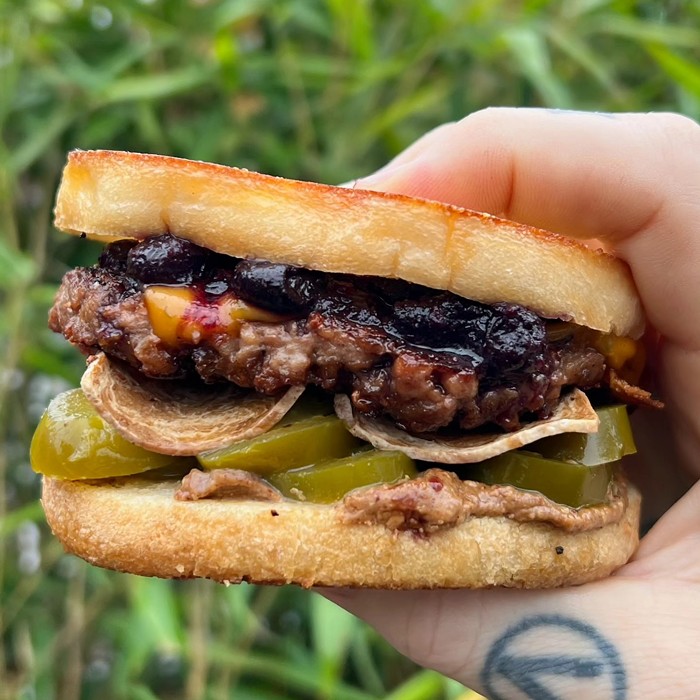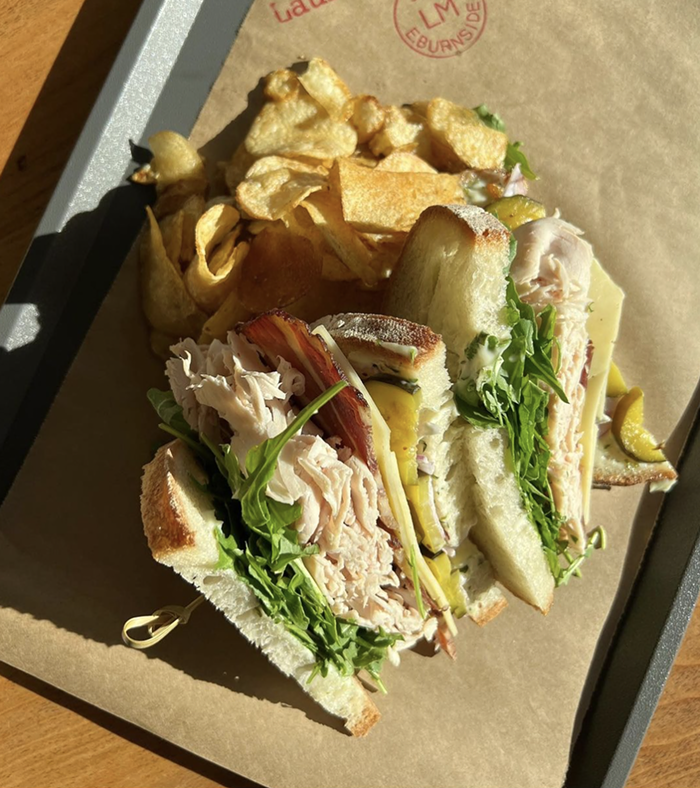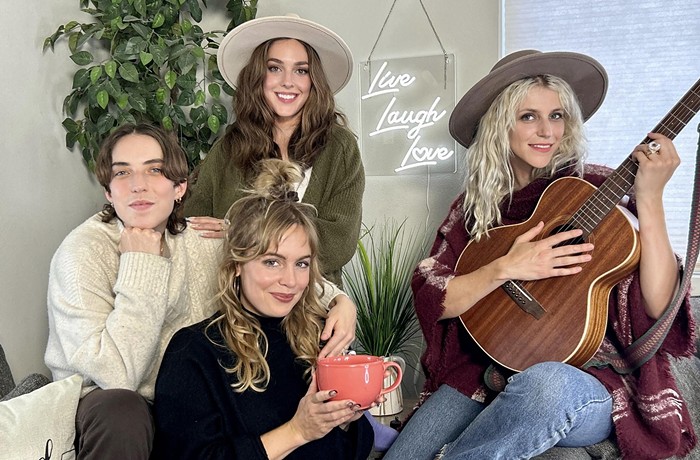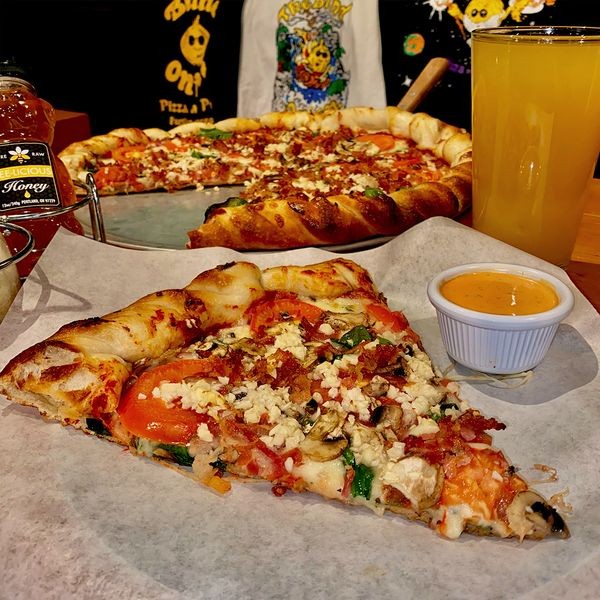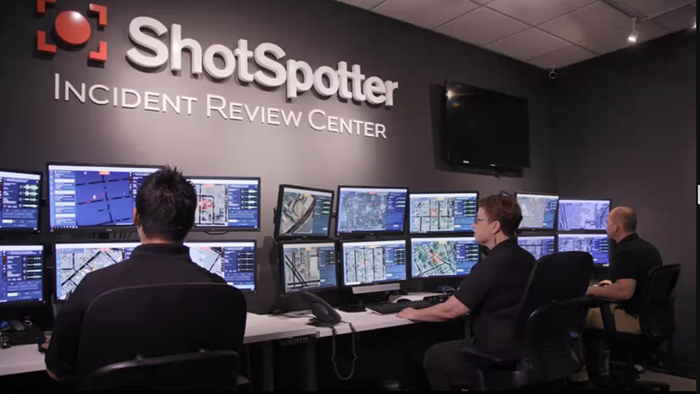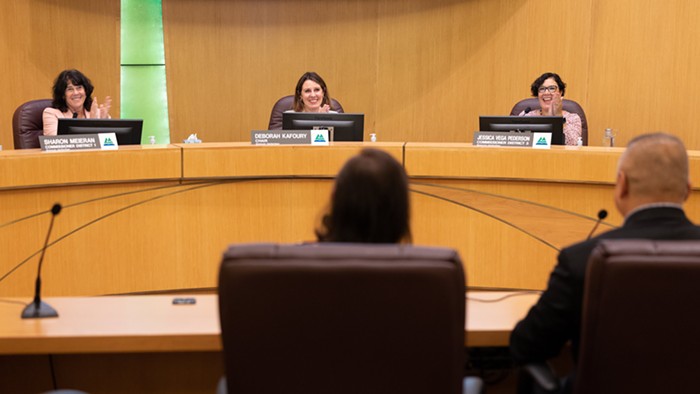In the case of winemaking, where there was fire, there is now smoke.
Part of the life of wine nerds involves chasing down particular years that a certain kind of wine was super good—an equation that involves everything from the weather, to the soil, to the techniques used by the winemakers when they put it all together. Now, thanks to the unwelcome and growing wildfire seasons in Oregon and Washington, what’s in the sky is also a factor.
Releases from 2017 and 2018—two big ass fire seasons—are hitting store shelves, and the remnants of those ash-choked days remain in the bottle. Not to say this is an entirely bad thing: Blended well, or even left in their purest smoke-tainted form, the results can be similar to Scotch.
“There isn’t any use in dancing around the issue: People are going to taste it,” says Ian Atkins, owner of Portland-based Flat Brim Wines.
Grapes exposed to smoky air can take on that flavor, causing it to lose nuances like fruit or minerality. Winemakers can do some tasting and chemical testing to see how strong it might be—but it’s a learning curve to figure out just how to manage.
“Our preference would be to not have to contend with the smoke as there’s very little pre-knowledge about how it will affect the finished wine, so it’s a bit of sitting at the end of your chair and waiting,” says Thomas Monroe, co-owner and winemaker at Division Wine Co. in Southeast Portland. Monroe says they’ve tried blending and also using new oak barrels to help refine the smoke compounds.
Monroe notes there are also insurance policies in place that, should a winery have grapes that are unusable, both the winemaker and the vineyard would be compensated—but there would still be a loss of the wine itself.
With Oregon Solidarity (a new wine label from King Estate), Willamette Valley Vineyards and a few other partners teamed up to buy more than 140 tons of fruit from the 2018 Rogue Valley harvest that was rejected by a California winemaker. They made a rosé, a chardonnay, and a pinot noir, none of which has a detectible smoky flavor.
“The best you can do is try and either blend the taste down or hopefully have a wine that has complimentary flavors that can make for a pleasant experience,” says Flat Brim’s Atkins. “I’ve tasted a friend’s wine in barrel that was smoky to a degree that I would call it a loss and I have had some that I couldn’t really find anything offensive about it.”
Winemakers agree this is going to be a fact of life in the Pacific Northwest from here on out. Jesse Skiles, owner of Fausse Piste winery, says he finds the loss of aromatics from the smoke-tinted grapes to be a “bummer,” but that there’s a bigger picture of the need for better forest management and climate change to look at.
“Smoke taint is just a small fraction of the real consequences from wildfires,” Skiles says. “The real possibilities of loss are much more serious. We have had vineyards we work with burn to the ground. I had a friend in California whose parents’ home burned down in the fires a couple years ago—and just smelling our wine made him sad. If smoky grapes are our biggest concern I’d say we’re doing alright.”
TRY THESE SMOKY WINES
Division Wine Co.—2017 Cabernet Franc Granit, $30
The smokiest of the wildfire wines I’ve tried, this should be paired with barbecue or other strong meats, rather than drinking it by itself. It’s got a lot of smoke, thanks to grapes from the Applegate Valley in Southern Oregon, but there’s still the undertones of berry and mineral that keep it from being too flat. Available at divisionwineco.com.
Oregon Solidarity—2018 Rosé of Pinot Noir and Chardonnay, $19.99
In both of these lighter wines, you can’t taste the smoke at all. The rosé is juicy with lots of strawberry, while the chardonnay has a clean acidity without a hint of fire. Available at most local grocers, including New Seasons, Albertsons, Fred Meyer, and Market of Choice, or at oregonsolidarity.com.
Flat Brim Wines—2017 Dream Boat Blend, $20
A blend of Cabernet Sauvignon, Syrah, and Primitivo grapes—all from the Applegate Valley—turned out to be a bold red with a hint of smokiness that doesn’t dominate the other elements. I’d say this is the one to hunt down. Available from flatbrimwines.com.
Fausse Piste—2018 Les Nouveaux Garçons Grenache, $18
This one’s a good’un, too. A carbonic fermentation (AKA made without yeast), it’s a fruity but lightly smoked Grenache from Mae’s Vineyard in Southern Oregon. Skiles calls the tasting notes “Southern Oregon Pine BBQ.” Available at faussepiste.com.



